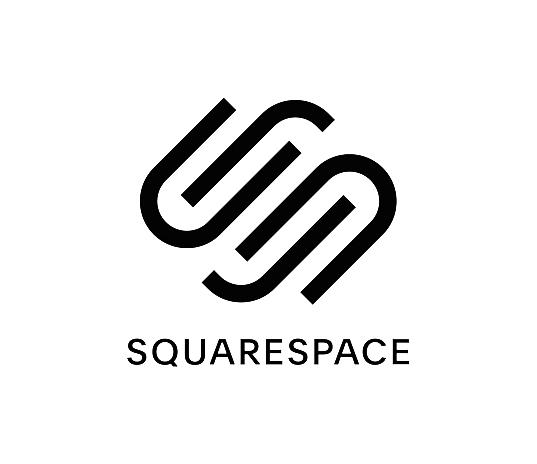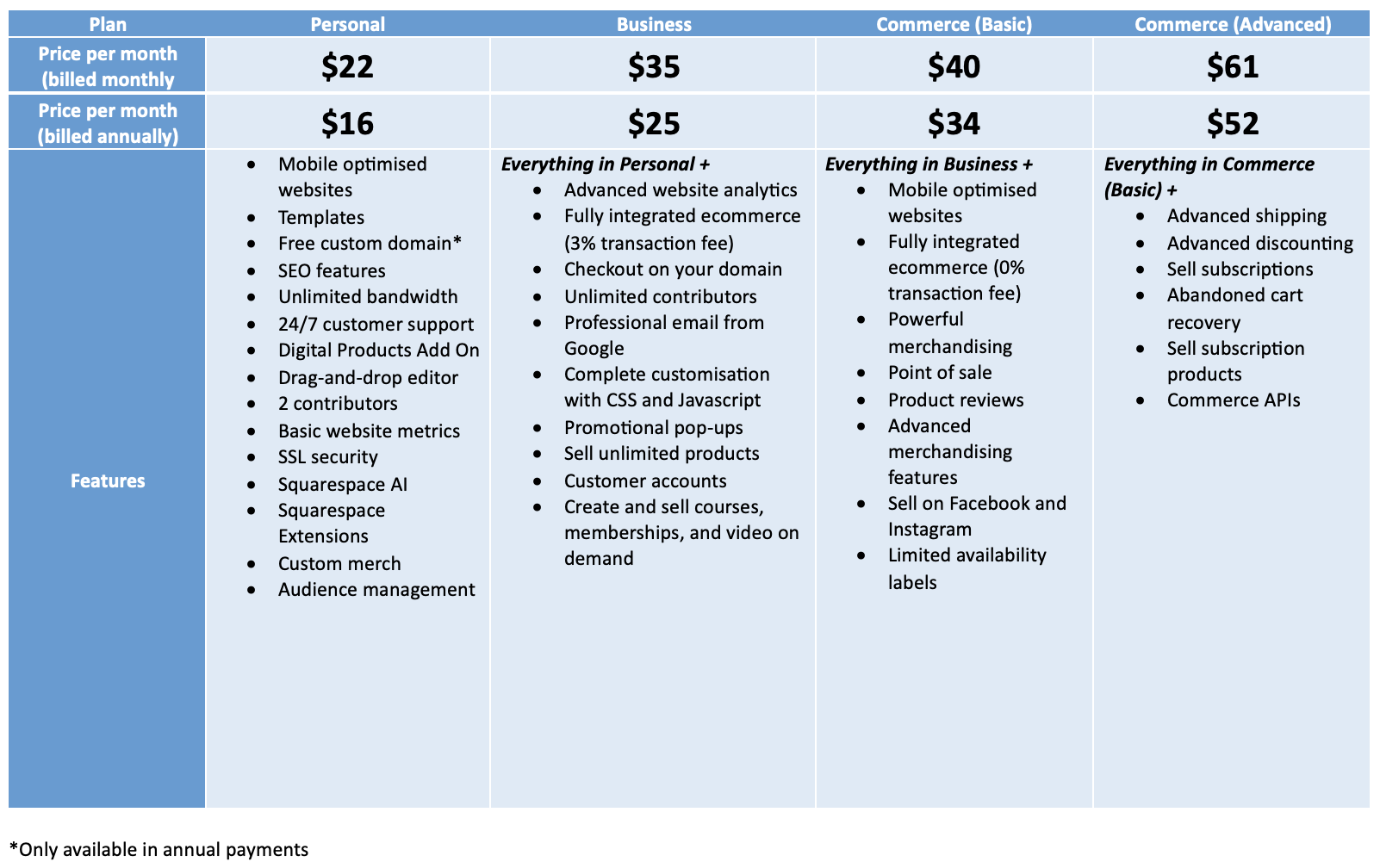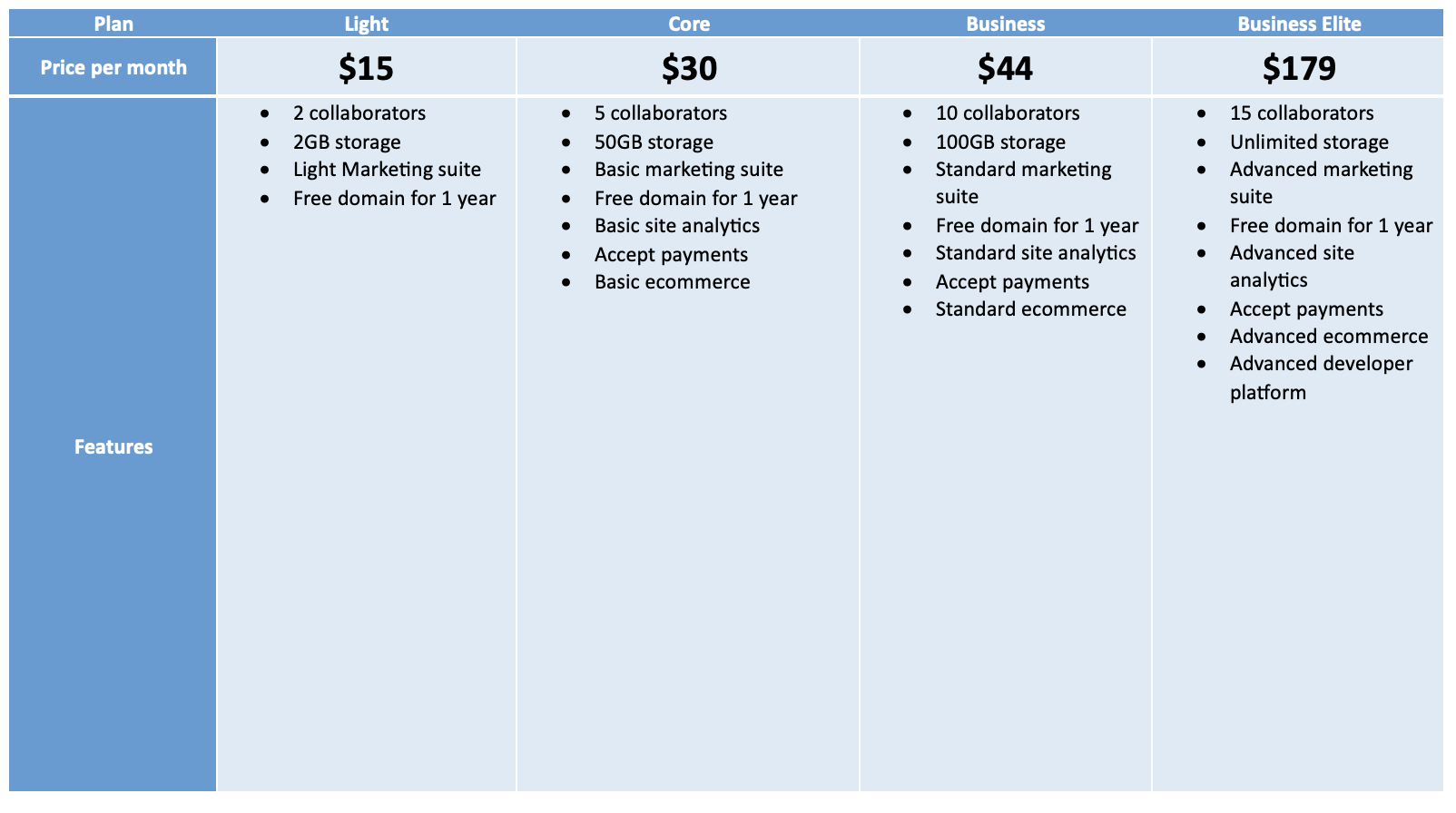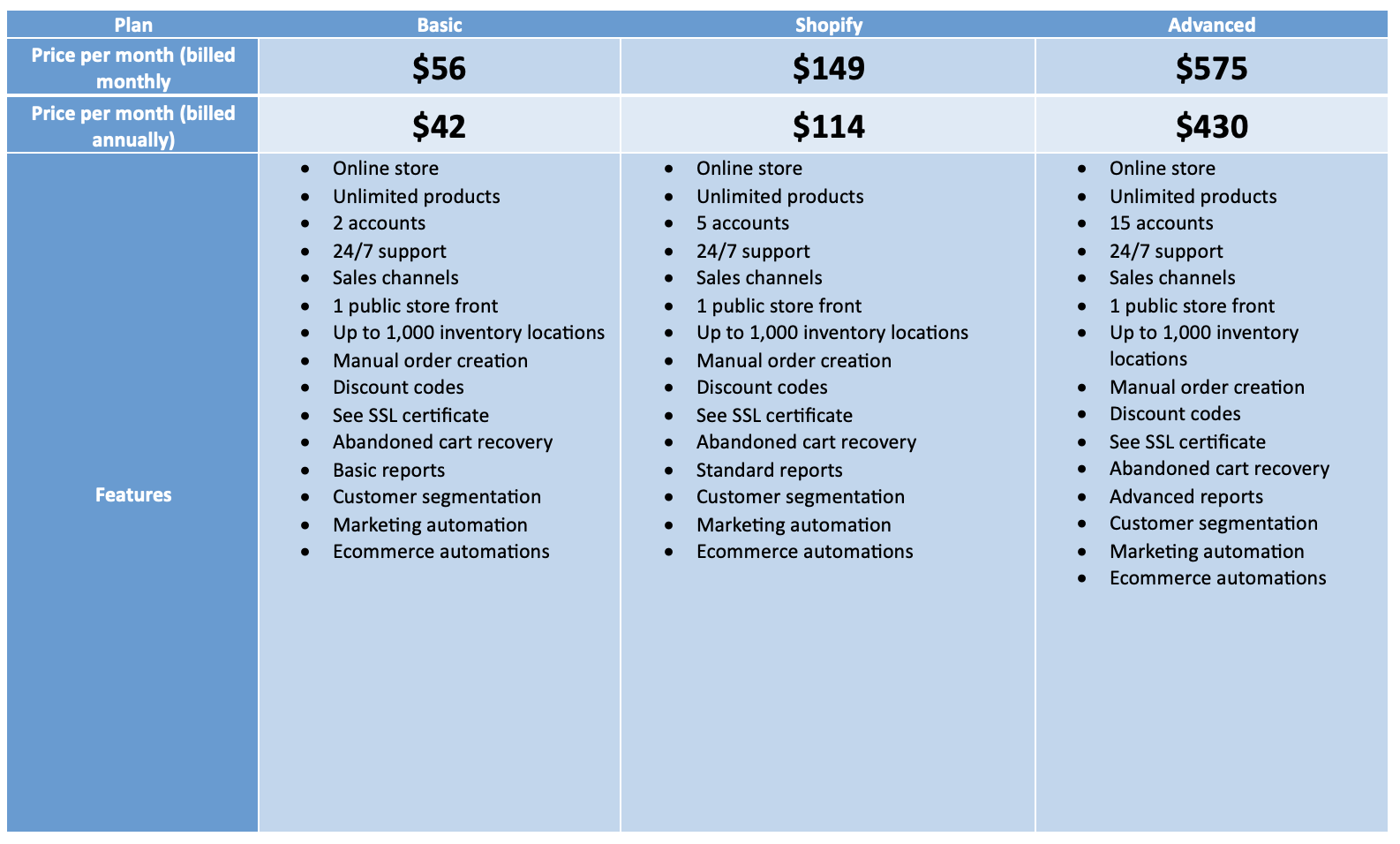Exploring the Best CMS for Your Needs: A comprehensive Comparison
As a graphic designer, I have been deeply immerse in the world of Content Management Systems (CMS) since 2018. My role involves working on the front end to build visually engaging websites, a task that necessitates and in-depth understanding of various CMS platforms. In this post, I will provide an exhaustive analysis and comparison of four of the most popular CMS platforms: SquareSpace, WordPress, Wix, and Shopify with the hope that it can provide you with the insights needed to choose the right CMS for your unique requirements.
What is a CMS?
Before we even start the comparisons, let’s clarify what a CMS is and why it’s essential for website creation and management. A CMS (or Content Management System) is a software application that enables users, even those without extensive technical expertise, to create, manage, and publish digital content on the web. CMSs serve as the backbone for website development, offering a user-friendly and efficient way to establish an online presence. They provide templates, plugins, and various features that streamline the process of building, maintaining, and updating websites.
My extensive expertise as a graphic designer working on the front end of website development has provided me with a unique perspective on the strengths and limitations of different CMS systems. The biggest question I get asked is which is best for my business. And over the years, I’ve assisted numerous clients in selecting the most appropriate CMS based on their specific requirements. Having grappled with the intricacies of each CMS, I’ve gained a deep understanding of the opportunities and challenges that each one presents. With this in mind, I want to share my insights and assist you in making the most informed decision.
SquareSpace
Squarespace is renowned for its visually captivating, professionally designed templates. It is the platform of choice for those who prioritise aesthetics and seek to quickly create a visually pleasing website. The platform offers user-friendly, drag-and-drop functionality and robust design and customisation options. Squarespace is an ideal choice for small businesses, artists, and creatives.
Pros
Stunning, modern templates that instantly captivate visitors
User-friendly, with an intuitive drag-and-drop interface
Boasts strong blogging features
Integrated e-commerce capabilities for those looking to sell products and services online
Cons
Limited flexibility for advanced users who desire complete customisation
Third-party integrations can be restrictive
Wordpress
WordPress is one of the most ubiquitous and versatile CMS platforms. As an open-source platform, it is highly customisable, making it a viable choice for bloggers, small businesses, and large enterprises. With thousands of themes and plugins available, WordPress offers an unparalleled level of flexibility and functionality.
Pros
A vast library of themes and plugins that cater to diverse needs
Offers complete control over both design and functionality
Strong SEO capabilities for optimising your website’s search engine performance
Particularly well-suited for content-rich websites
Cons
Requires a greater degree of technical expertise for setup and maintenance
Responsibility for hosting and regular updates can be daunting for some users
Wix
Wix is an intuitive, all-in-one website builder that provides pre-designed templates and a user-friendly drag-and-drop editor. It is tailored for beginners and small businesses looking for an uncomplicated, cost-effective solution to create a website.
Pros
Beginner-friendly platform with an intuitive website builder
Diverse selection of templates catering to various niches
Hosting is included, simplifying the process
The Wix ADI (Artificial Design Intelligence) feature can generate websites based on user input
Cons
Offers limited flexibility for advanced users who desire more comprehensive customisation
Not ideal for large websites with extensive content needs
Shopify
Shopify is a specialised e-commerce platform, designed primarily for online stores. While it can support other types of websites, its true strength lies in its e-commerce features. It is an excellent choice for businesses seeking a quick and efficient means to set up an online store.
Pros
Specialised for e-commerce, offering a seamless online shopping experience
User-friendly interface, making it easy to set up and manage an online store
Powerful inventory and order-management features
An extensive range of e-commerce plugins and apps to enhance functionality
Cons
Costs can accumulate with the addition of plugins and transaction fees
Less suited for those not primarily engaged in e-commerce activities
Comparing Costs
When choosing a CMS platform, understanding the financial aspects is crucial. Different platforms come with varying cost structures, and it’s essential to align your budget with your website goals. Let’s break down the cost considerations for each of the CMS options.
SquareSpace
SquareSpace offers a transparent pricing model, with monthly plans starting at AUD$22 for a basic plan. E-commerce functionality begins at around AUD$40 a month. Of course, this significantly reduces when paying annually.
While SquareSpace’s pricing is extremely straightforward, it’s important to consider the potential need for third party integrations, which can come with additional costs.
Custom domain registration is also a separate expense, typically ranging from AUD$16 to AUD$2,660 per year. All SquareSpace sites on an annual plan include one custom domain, free for its first year.
Plan comparison for Squarespace
Wordpress
WordPress itself is free to use, but there are additional associated costs. You’ll need to secure web hosting which costs additional, depending on the hosting provider and the level of service you require.
Premium themes and plugins, while not mandatory, can add anywhere from AUD$30 to several hundred dollars to your expenses.
Regular maintenance, including security and updates, may also incur additional costs or time if you choose to manage them yourself.
Plan comparison for WordPress. There are 2 more packages which are for enterprise use.
Wix
Wix offers a range of pricing plans, starting from AUD$ per month for basic websites.
Wix includes hosting in its plans, simplifying the cost structure.
Like Squarespace, custom domain registration is a separate cost, typically ranging from AUD$20 to AUD$70 annually.
Price comparison for Wix’s plans
Shopify
Shopify’s pricing starts at about AUD$ per month for its most basic plan, designed for small online stores. As your business grows, you may need to upgrade to higher-tier plans.
In addition to monthly fees, Shopify charges transaction fees on sales, which can add up.
Customisation costs, such as premium themes and apps, can range from a few dollars to several hundred.
Price comparison for Shopify’s plans
When assessing costs, consider not only the initial setup expenses, but also long-term maintenance and scalability. Your choice should align with your budget, both for the immediate future, and as your website expands. It’s also worth noting that while some platforms offer a lower entry price, additional costs can accumulate as your website’s requirements evolve.
In your quest to select the ideal CMS for your website, it’s essential to consider not only the platform’s capabilities but also your own requirements and objectives. Whether you opt for the elegance of SquareSpace, the versatility of WordPress, the simplicity of Wix, or the e-commerce prowess of Shopify, your choice should align seamlessly with your vision.
As a graphic designer specialising in web development and design, I understand the significance of aesthetics and user experience in crafting a compelling online presence. If you’re in need of professional graphic design services to complement your chosen CMS and bring your website to life, I’m here to help! Whether it’s creating stunning visuals, optimising user interfaces, or enhancing your website’s overall look and feel, I can assist in achieving your design goals.
For more information about my services, check out this page, or to discuss any questions or design needs you may have, please don’t hesitate to get in touch. I’m always available to assist you on your journey to a remarkable website.








